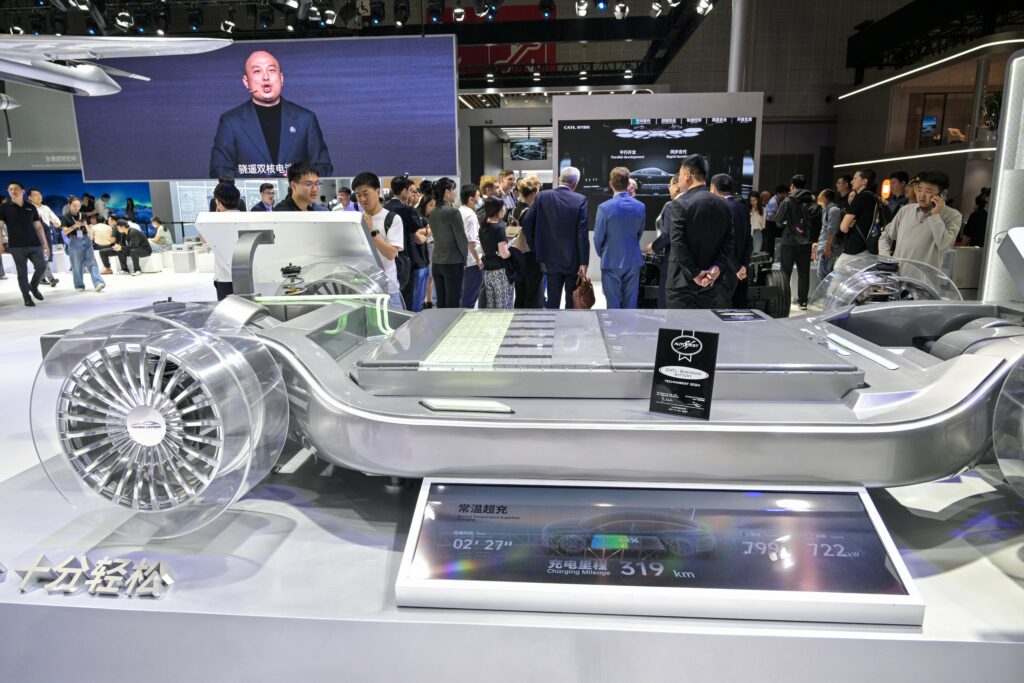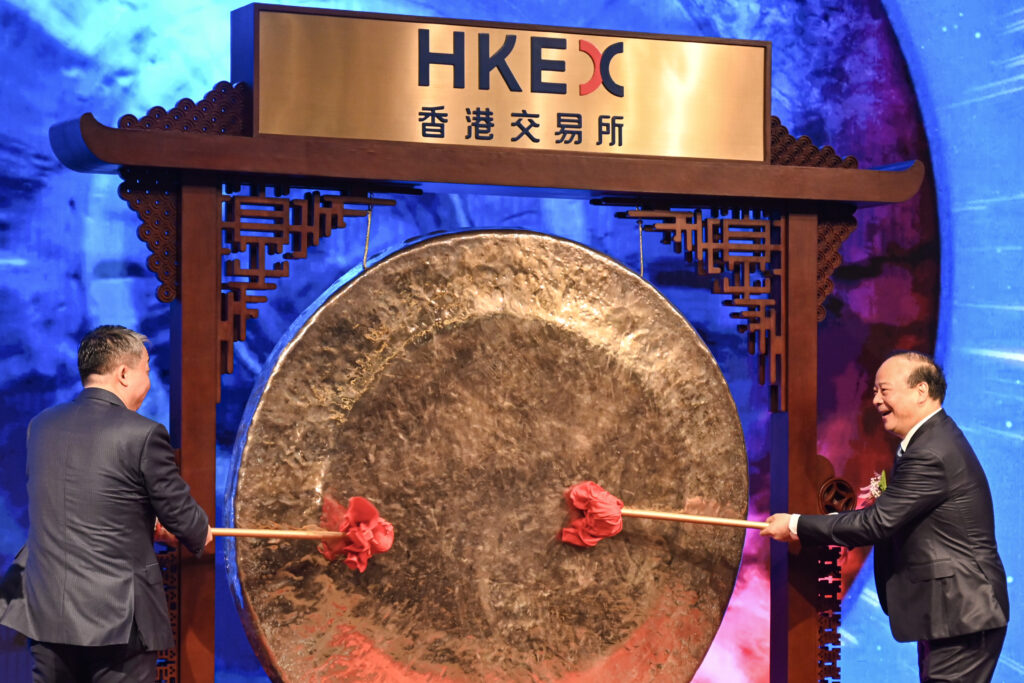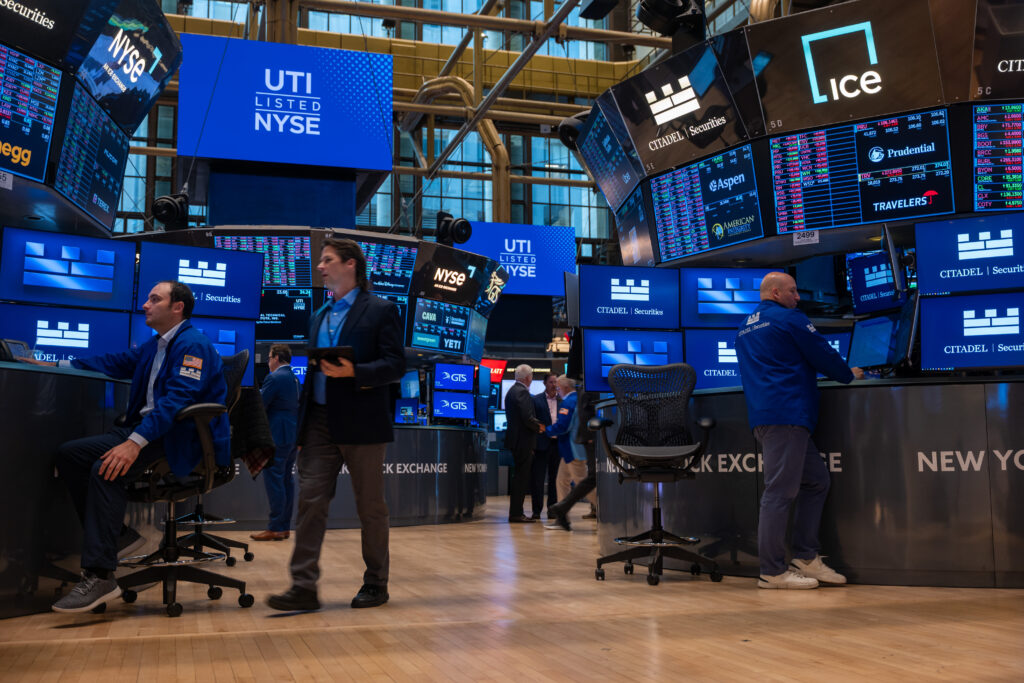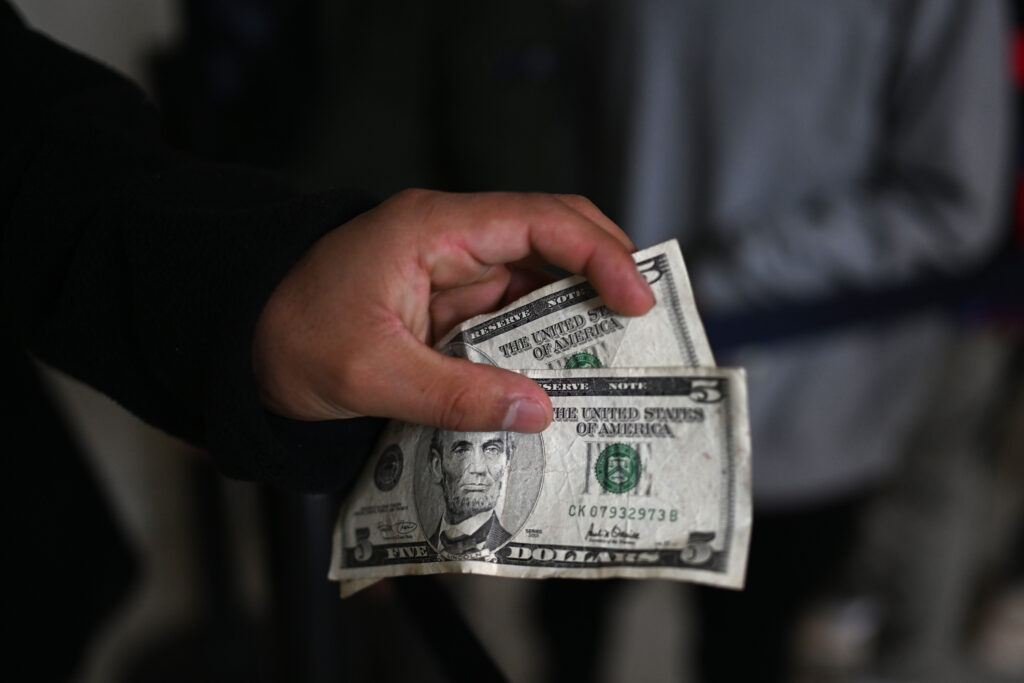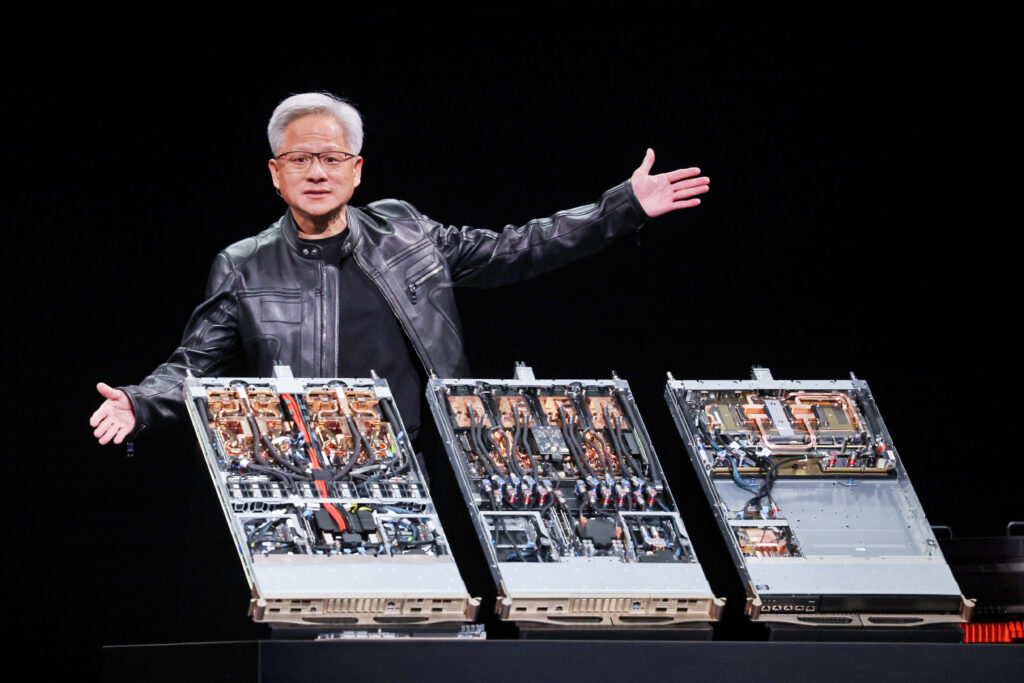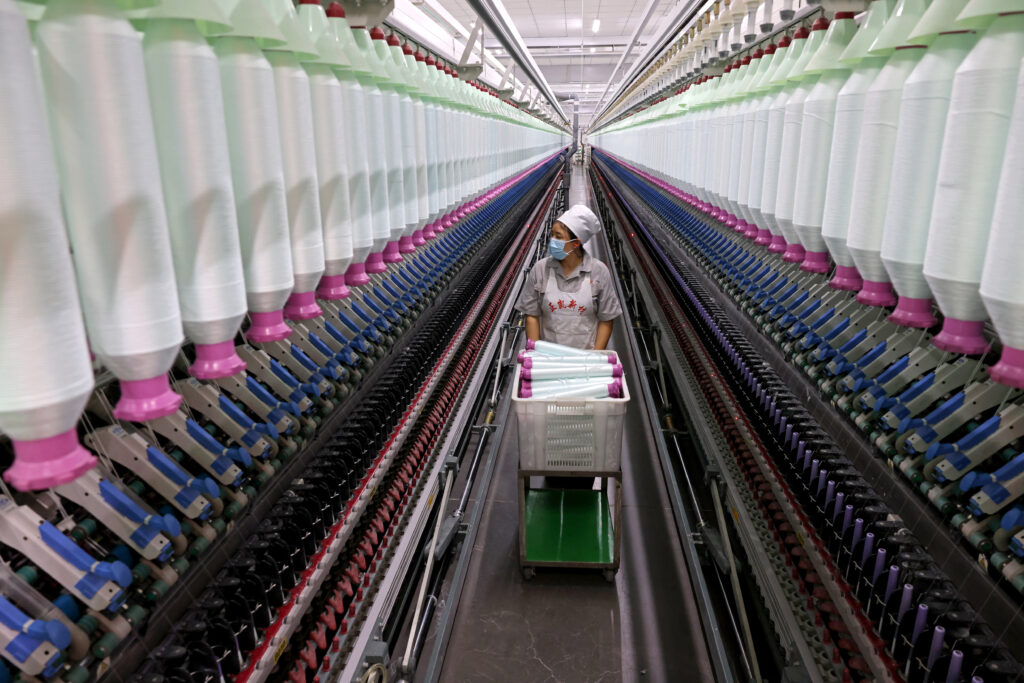Chinese battery giant CATL soars more than 18% on Hong Kong debut
Shares in Chinese battery giant CATL soared more than 18 percent on its Hong Kong debut Tuesday after raising US$4.6 billion in the world’s biggest initial public offering this year.A global leader in the sector, CATL produces more than a third of all electric vehicle (EV) batteries sold worldwide.The firm has been buoyed by a rapid growth in China’s domestic electric vehicle sector and it now works with major brands including Tesla, Mercedes-Benz, BMW and Volkswagen.However, it has also found itself in the crossfire of a superpower clash between Washington and Beijing for tech dominance, with Washington putting it on a blacklist naming it as a military company.The firm is already traded in the southern Chinese city of Shenzhen, and its plan for a secondary listing in Hong Kong was announced in December.In morning trading its Hong Kong shares hit a high of HK$311.40 (US$39.92), up 18.4 percent from its listing price of HK$263.00.”This listing signifies our deeper integration into the global capital markets and marks a new milestone in our mission to drive the global zero-carbon economy,” CATL’s founder and chairman Robin Zeng said at the firm’s listing ceremony on Tuesday.The raised funds could be used to accelerate its overseas expansion, including building its second European factory in Hungary after launching its first in Germany in January 2023.The strong interest in the company’s shares come even as it comes under the spotlight in the United States.In a list issued in January by the Defense Department, CATL was designated as a “Chinese military company”.The US House Select Committee on the Chinese Communist Party highlighted this inclusion in letters to two Wall Street banks in April, urging them to withdraw from the IPO deal over its alleged links to the military.But the banks — JPMorgan and Bank of America — remain onboard.- Hong Kong IPO goal -Beijing has denounced the list as “suppression”, while CATL denied engaging “in any military related activities”.CATL also said in May filings it was “proactively engaging” with the US defence department to “address the false designation”.Founded in 2011 in the eastern Chinese city of Ningde, the company has been given strong financial support from Beijing, which has sought in recent years to shore up domestic strength in certain strategic high-tech sectors.It has also weathered a fierce price war in China’s expansive EV sector that has put smaller firms under huge pressure to compete while remaining financially viable.Tuesday’s blockbuster listing is also a boon for Hong Kong’s stock exchange, which is eager for the return of big-name Chinese listings as it looks to regain its crown as the world’s top venue for IPOs.The Chinese finance hub saw a steady decline in new offerings after Beijing’s regulatory crackdown starting in 2020 led some mainland mega-companies to put their plans on hold, while a strict security law added to the uncertainty for companies looking to list.Data from the Hong Kong Stock Exchange shows it is processing dozens of applications from Chinese companies this year.Analysts said Tuesday’s IPO showcases Hong Kong’s role as a place for Chinese companies to raise capital.”We are also seeing a rising demand on portfolio diversification away from US dollar-denominated assets, underscored by the recent strength in the Hong Kong dollar,” Jason Lui, head of APAC equity and derivative strategy at BNP Paribas, told AFP.
